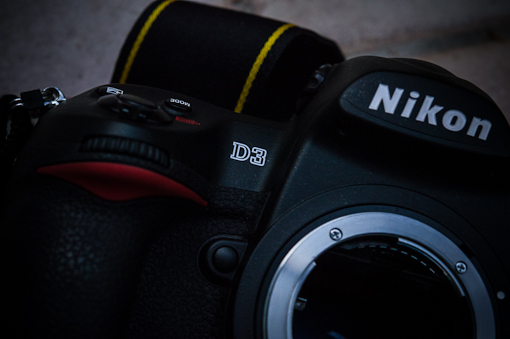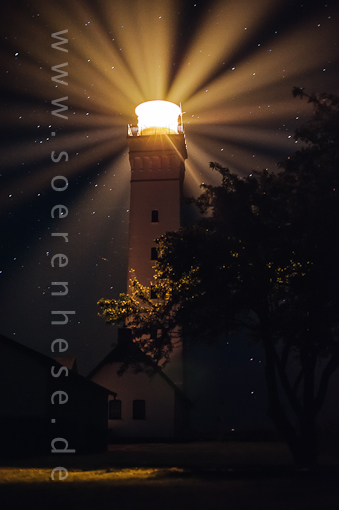In Nikons FX Land
In Nikons FX land:
This year seems to be the upgrade time within the photography business, I completely switched to FX cameras recently and I sold my trusty Nikon D2x. Right now I am not sure if the new D800/E is the right package for me. The D3(s)/D700 is the perfect couple for the sports and wildlife photography crowd with a matured firmware status and identical AF-layout / sensor technology. But the massiv 36 Megapixels you get with the D800 are kind of the technology heaven for the nature photography aspects and everybody seems to think “I want these pixels!” … well I seem to have the same virus, but am still fighting it : ).
As a low DOF imaging junkie I was longing for the big sensor since a while. While on a DX sensor your 300 mm lens has a FOV of an 450 mm lens, I find myself now shooting with a 400 mm lens combo much more often than when I was shooting with the D2x.
The other important function you get switching to the new cameras is called AF-calibration. If you are very much into extreme low depth of focus kind of visualizations, than AF-calibration can save your day. This is mainly due to the fact that lenses do not always focus correctly or they change their focus point over time. In the past you had to send your lens arsenal to a service center to calibrate your lenses for your camera body, now you can do that with the AF-calibration option within the camera. You can even define various AF-calibration profiles for different serials of the same lens type and different TC-combinations (though you cannot define different calibration factors for various zoom positions or focus distances or different focus sensors. The last one really hurts the D800 fans as some of the D800s are coming decalibrated from the Sendai factory). What you usually do is to calibrate your lens with a focus target and a calibration ruler where you check potential front/back focus. Finally you check the focus again with AF-calibration set to Off and set to On and than you verify if your setup also is working fine within the usual shooting distances.
Obviously other arguments for the FX sensor also apply: much better high ISO performance: with the D2x I was limited to the ISO100 – ISO320 range – with the D3 the new high ISO area where I usually stop is at ISO1600! Others are shooting at ISO3200 regularly!
What I usually prefer is a sharp clean image with a high “at pixel” level acuity instead of huge files with lower overall acuity. Additionally speed or responsiveness is the second parameter that makes a difference. I do not argue that the D800 will not create sharp images. The point is that getting there is much more a question of lens performance (and using these lenses at their optimal setting) and good shooting techniques with this camera than it was before AND where I am shooting 75% of the time, this is mostly the weak part of the lens performance diagram (with the lens wide open! So the overall resolution gain can be much smaller with a D800 when you are working f.e. on a moving boat, using lenses at f1.4-f2.8 or above f11 (diffraction kicks in here), btw: this is already very visible with the recently announced D3200 with a 24MP DX (APS-C) Sensor that would scale up to roughly 50MP on a FX sensor – this camera resolves a lot but you need pro lenses, a good tripod and you will have to work in the golden aperture range of your lens to really drag this resolution out of the sensor.
Right now some FX cameras are also reaching a very sweet price/performance ration – for 1700€ (right now in summer 2012) the Nikon D700 is a bargain even when the D600 with a 24MP FX sensor surfaces. Used D3 prices are down as well.
I believe the D800 should have been a 16-24MP FX camera with the low-light performance of the D3s but that obviously is the recently released D4 : ).
Although most people seem to adjoint to the statement “technology doesnt matter”, the high ISO performance let you do things that have not been possible in the past. Moving light in the darkness is a beautiful example: light house shots of 0.25 seconds exposure at ISO1600 stacked together to create a multitemporal fused dataset:
Light house Keldsnor Fyr (Langeland/Denmark), Nikon D3, processed in LR4 .
The full Light house trailing gallery is online in the gallery section now:


